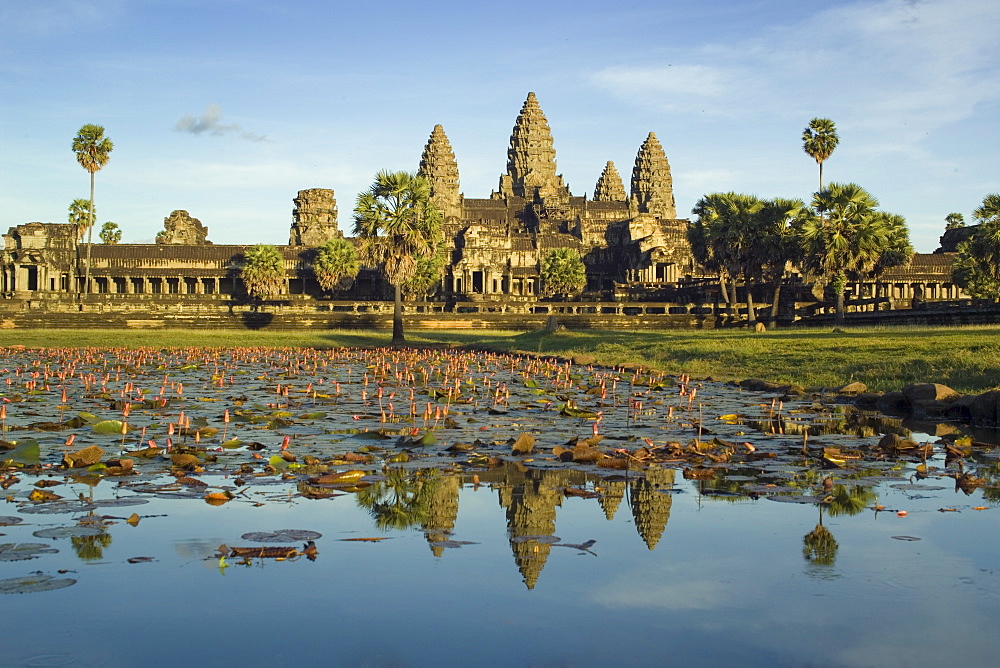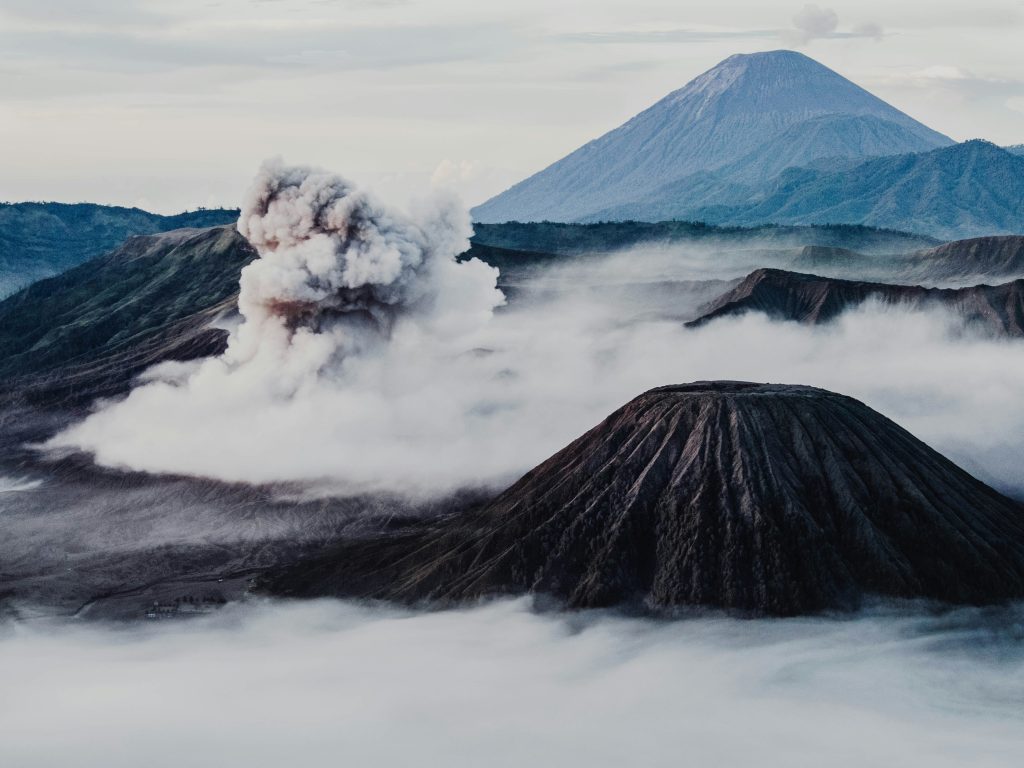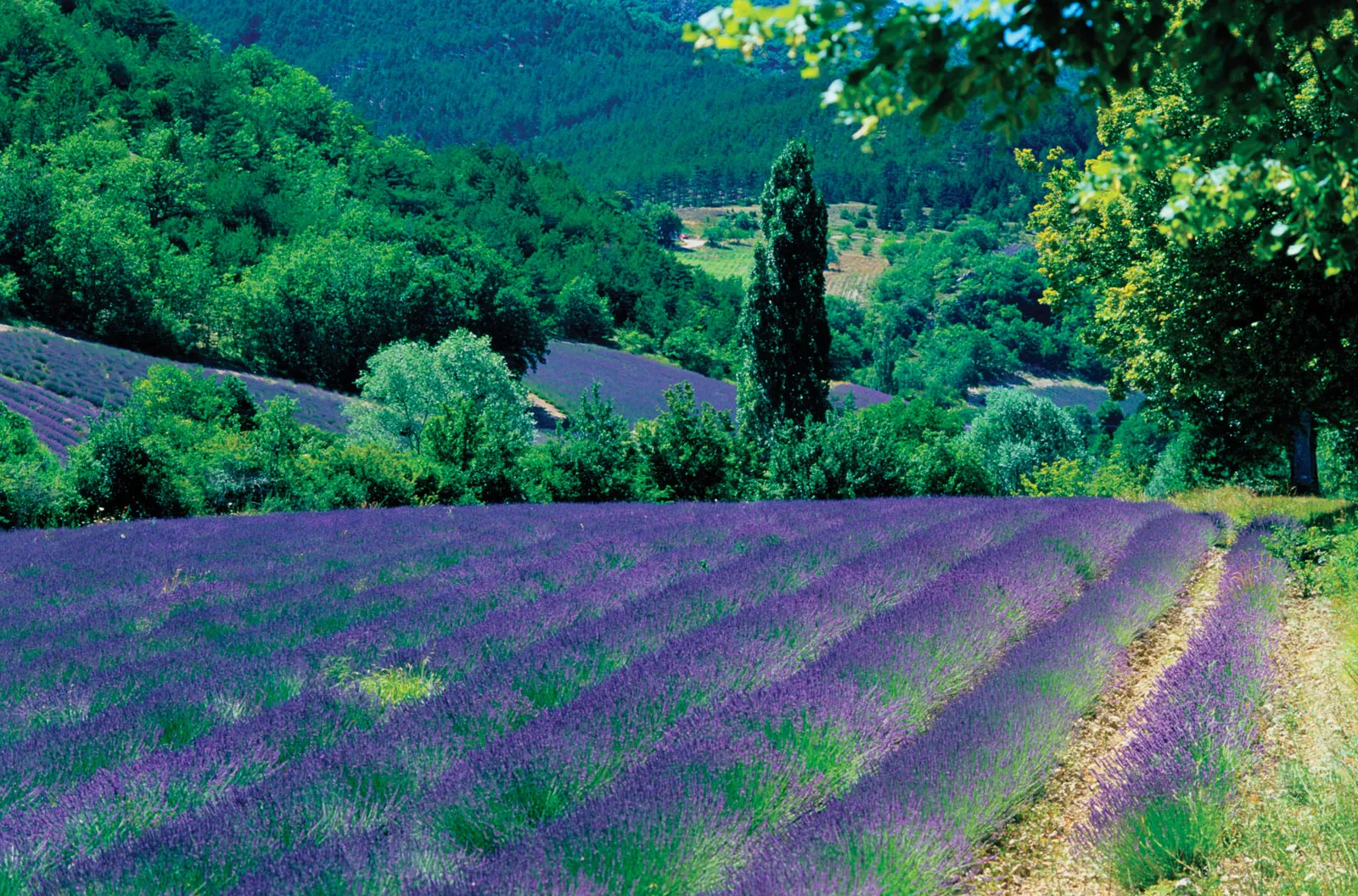Introduction: A Glimpse into Cambodia’s Ancient Splendor
Bayon, a temple located in the heart of the Angkor Archaeological Park in Cambodia, is one of the country’s most iconic and fascinating landmarks. Known for its unique architecture and stunning facial carvings, Bayon stands as a testament to Cambodia’s rich history and cultural heritage. Stepping into Bayon is like traveling back in time, where you can marvel at its intricate design and explore the mysteries that have surrounded the temple for centuries.
The Iconic Faces of Bayon
One of the most captivating features of Bayon is its collection of towering stone faces, which seem to watch over visitors as they explore the temple. There are over 200 faces, some of which are believed to represent the bodhisattva Avalokiteshvara, while others are thought to depict King Jayavarman VII, the ruler who commissioned the temple. These serene, enigmatic faces have become one of the most recognizable symbols of Cambodia, and their grandeur is awe-inspiring. As you wander through the temple, you’ll be struck by the way these faces seem to follow you, making the experience feel both surreal and profound.
Exploring the Temple’s Architecture
Bayon is not only known for its faces but also for its impressive architectural layout. The temple is built in a labyrinthine structure, with galleries, terraces, and multiple levels to explore. Its design is a departure from the typical layout of other Angkorian temples, with a central tower surrounded by smaller towers and numerous smaller shrines. The temple’s walls are adorned with elaborate bas-reliefs that depict scenes of daily life, historical events. Each carving tells a story, offering visitors a glimpse into the past and providing a deeper understanding of the Khmer Empire’s culture.
The Historical Significance of Bayon
Bayon was built in the late 12th century during the reign of King Jayavarman VII, who is known for his devotion to Buddhism and his efforts to expand the Khmer Empire. Unlike many other temples in the region that are dedicated to Hindu gods, Bayon was constructed as a Buddhist temple, reflecting the king’s religious beliefs. It is believed that Bayon was once the state temple of the Khmer Empire, serving as both a religious center and a symbol of the empire’s power and influence.
The temple’s location in Angkor Thom, the last capital of the Khmer Empire, further underscores its historical importance. Bayon’s proximity to the royal palace and other major temples makes it a key component of the Angkor complex, which was once the largest city in the world.
Exploring the Surrounding Angkor Archaeological Park
Bayon is part of the larger Angkor Archaeological Park, which is home to numerous other temples and ruins, each with its own story to tell. The park is a UNESCO World Heritage site and attracts millions of visitors every year. While Bayon is undoubtedly one of the most remarkable temples in the area, it is worth taking the time to explore other nearby landmarks such as the famous Angkor Wat, the mystical Ta Prohm, and the beautiful Banteay Srei.
For those who enjoy nature, the Angkor park also offers lush greenery, serene lakes, and peaceful walkways, creating a calm environment for reflection and exploration. As you travel through the park, you’ll be able to see how the ancient temples are slowly being reclaimed by nature, with trees growing over and around the ruins, creating a fascinating juxtaposition of man-made and natural beauty.
Practical Tips for Visiting Bayon
- Best Time to Visit: The cooler months from November to February are ideal for visiting Bayon, as the weather is more pleasant and less humid.
- Getting There: Bayon is located about 5 kilometers from Siem Reap, Cambodia’s closest city, and can be easily accessed by car, tuk-tuk, or bike.
- Guides: Hiring a local guide can enhance your experience, as they can provide insights into the history and significance of the temple, as well as help you navigate the site’s complex layout.
- Dress Code: As with all religious sites, modest attire is recommended. Wearing comfortable shoes is also advised, as you’ll be walking and climbing on uneven surfaces.
Conclusion: A Journey Through Time
Bayon is a place where history, culture, and art come together to create an unforgettable experience. The towering faces, intricate carvings, and unique architecture make it one of Cambodia’s most impressive and captivating landmarks. Whether you’re a history enthusiast, an architecture lover, or simply someone who appreciates the beauty of ancient sites, Bayon offers something for everyone. A visit to this extraordinary temple is sure to leave you with lasting memories and a deeper appreciation for Cambodia’s rich cultural heritage.




